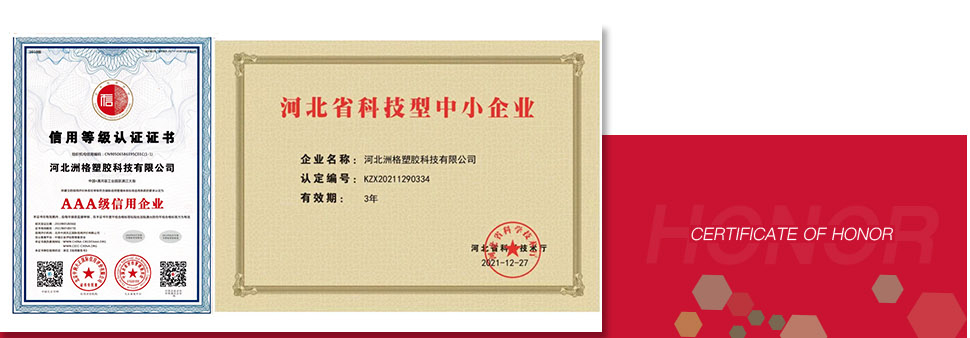Dec . 06, 2024 21:11 Back to list
d-type ship anti-collision sealing strip service
D-Type Ship Anti-Collision Sealing Strip Ensuring Maritime Safety and Efficiency
In the ever-evolving maritime industry, the importance of ensuring vessel safety and operational efficiency cannot be overstated. Among the various components contributing to these objectives, one highly significant yet often overlooked part is the D-type ship anti-collision sealing strip. This innovative sealing solution plays a crucial role in preventing water ingress, reducing damage during collisions, and enhancing the overall longevity of marine vessels.
Understanding the D-Type Sealing Strip
The D-type anti-collision sealing strip is specifically designed for applications in ships and other marine vehicles. Its unique profile resembles the letter “D”, which allows it to effectively absorb shock and minimize the impact during accidental collisions with docks, barges, or other vessels. Made from durable materials such as EPDM (Ethylene Propylene Diene Monomer) rubber, this sealing strip is resistant to harsh marine environments, making it suitable for prolonged exposure to water, UV rays, and varying temperatures.
Key Benefits
1. Collision Mitigation The primary purpose of the D-type sealing strip is to create a buffer zone during collisions. The cushioning effect provided by the strip reduces the force transmitted to the vessel's hull, thus preventing structural damage that could compromise the integrity of the ship. This is especially critical in busy ports where the risk of accidental contact is high.
2. Water Ingress Prevention In addition to reducing collision impacts, the D-type sealing strip acts as a barrier against water ingress. This is vital for maintaining the vessel's buoyancy and ensuring the safety of onboard equipment and personnel. Any breach could lead to severe consequences, including sinking or equipment failure.
3. Cost-Effective Solution Investing in high-quality anti-collision sealing strips can lead to significant cost savings in the long run. By minimizing repairs and maintenance often required due to collision damage or leaks, ship owners can enhance their operational efficiency and reduce unplanned downtimes.
d-type ship anti-collision sealing strip service

4. Longevity and Durability The materials used in manufacturing D-type sealing strips are chosen for their resilience and durability. This ensures that even under the rigors of marine conditions—saltwater, extreme temperatures, and constant exposure to sunlight—the strips maintain their performance over time, reducing the need for frequent replacements.
5. Versatility in Application D-type sealing strips can be applied not only to large vessels but also to a variety of marine craft including fishing boats, ferries, and recreational vessels. Their adaptability makes them a universal choice in the maritime sector, offering safety to a wide range of applications.
Installation and Maintenance
Proper installation of the D-type anti-collision sealing strip is crucial for maximizing its benefits. It typically requires clean surfaces for optimal adhesion, and skilled technicians should carry out the installation to ensure that the strip aligns perfectly with the hull of the vessel.
Maintenance is relatively simple, often requiring regular inspections to check for wear and tear. If any damage is spotted, timely repair or replacement of the sealing strip can prevent further complications and enhance the sealing performance.
Conclusion
The D-type ship anti-collision sealing strip might seem like a minor component in the grand scheme of maritime operations, but its impact on safety, efficiency, and cost-effectiveness is profound. As the maritime industry continues to grow, adopting advanced solutions like this sealing strip is vital for enhancing the safety of vessels and ensuring smooth operations.
Moving forward, vessel owners and operators should prioritize the integration of D-type sealing strips into their safety protocols and maintenance routines. By doing so, they are not only protecting their investment but also contributing to a safer and more sustainable maritime environment. Ultimately, in an industry where the stakes are incredibly high, every precaution, including the use of anti-collision sealing strips, counts toward ensuring a safer future on the water.
Next:
Prev:




